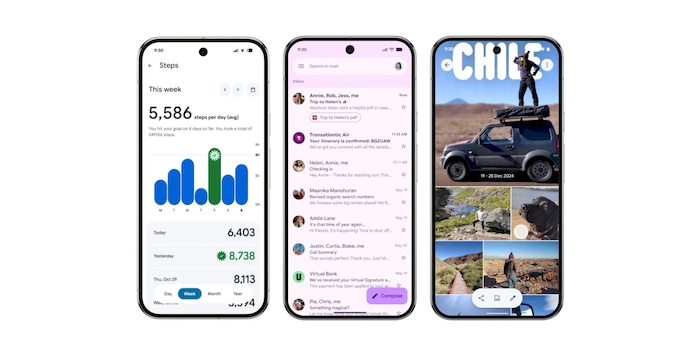
New design, more AI and Find Hub: Google reveals details about Android 16
Google is announcing Android 16 with nothing less than the "biggest redesign in years". At the same time, Gemini will work on TVs and in cars and "Find my device" will be expanded.
One week before the start of the I/O developer conference, Google has already announced new details about Android 16. The operating system has been given a new design language with «Material Three Expressive», AI in the form of Gemini is spreading to more devices and the new Find Hub should not only be used to find lost objects.
Material Three Expressive brings many detailed customisations
Google throws superlatives around when announcing the new design principles. The changes are noticeable at first glance. Buttons become rounder, bars float and no longer stick to the edge or the font changes. Physics is sometimes noticeable in movements. When you slide a notification, for example, the notification directly next to it moves slightly.
Google counts a total of fifteen new or updated components and configurations. It is important to the design team that users can make many customisations. This applies to colours and fonts - of which there are more - or the arrangement of the quick settings. However, the latter is already possible.
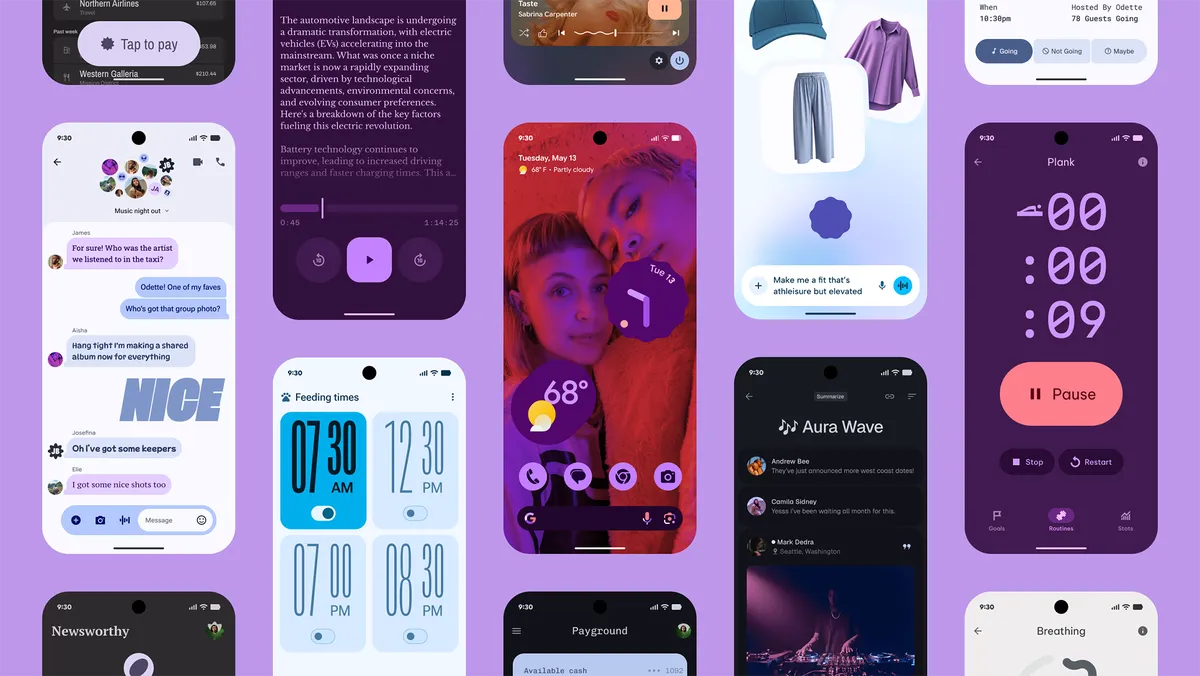
Source: Google
According to Google, the changes made by Material Three Expressive are based on 46 studies with over 18,000 participants. In this way, the company wants to ensure that it has a design that works for as many people as possible and that they like.
The new design also includes a new grid for the home screen and real-time updates on the lock screen. These will initially be available for food delivery services, sat nav apps and ridesharing services. Availability also depends on apps and countries.
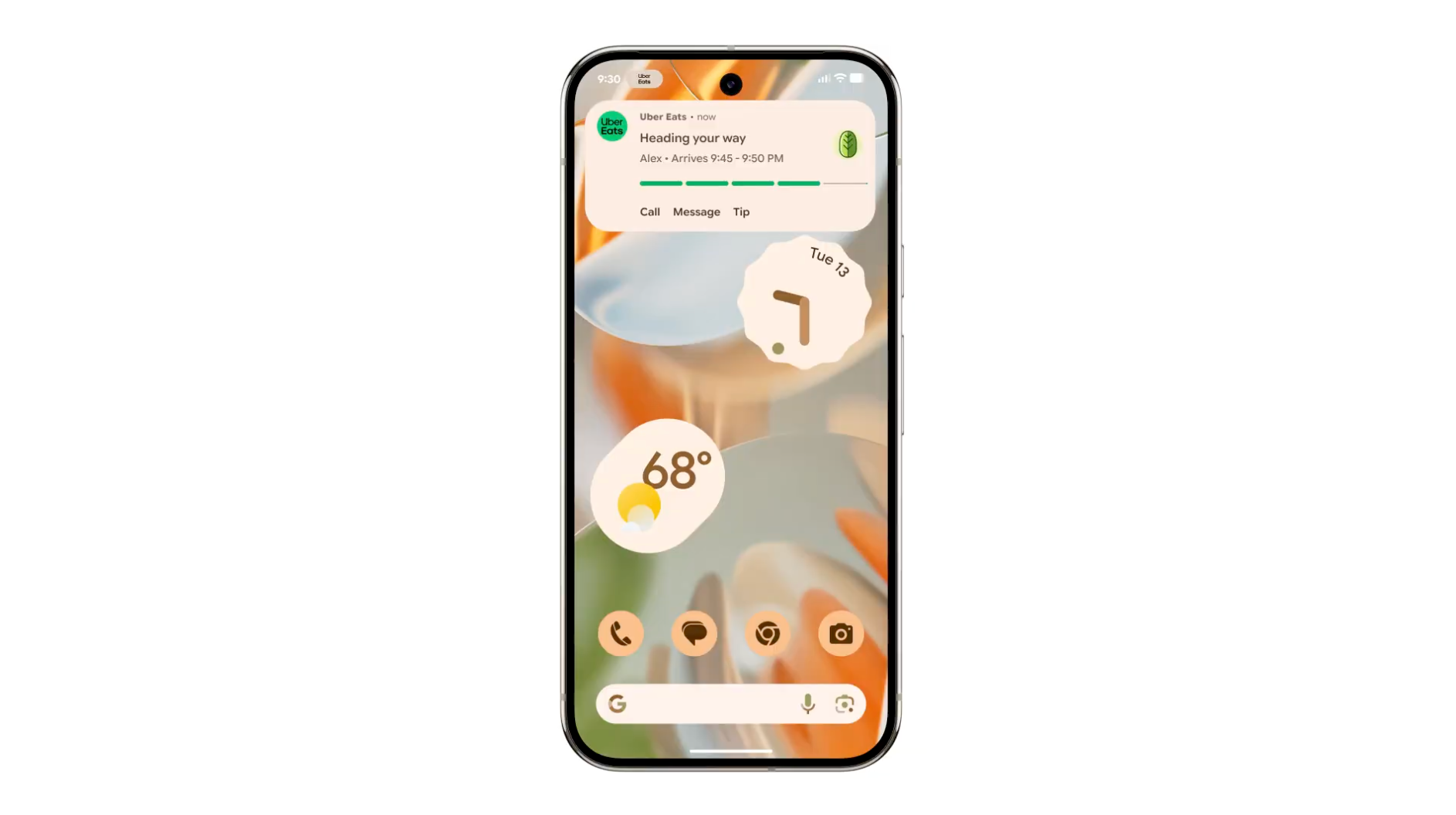
Source: Google
The visual update will be available with the next beta version of Android 16. Google's Pixel devices will be the first to receive it. The company is working with other manufacturers to ensure that they also adopt the principles of Material Three Expressive for their user interfaces.
Longer battery life for smartwatches
With Wear OS 6, Material Three Expressive will also bring numerous design customisations for smartwatches in the coming months. Even more exciting, however, is the announcement that the new operating system will extend the battery life of wearables by up to ten per cent through optimisations.
AI for wrists, cars, televisions and glasses
The AI tool Gemini has already replaced the Google Assistant on Android. With Gemini Live, the tool now recognises even more of what is happening around you and adapts its responses accordingly. If you allow it to, the AI can see what is on your screen or look through your camera. For example, it can summarise the content of emails or recognise objects and provide information about them.
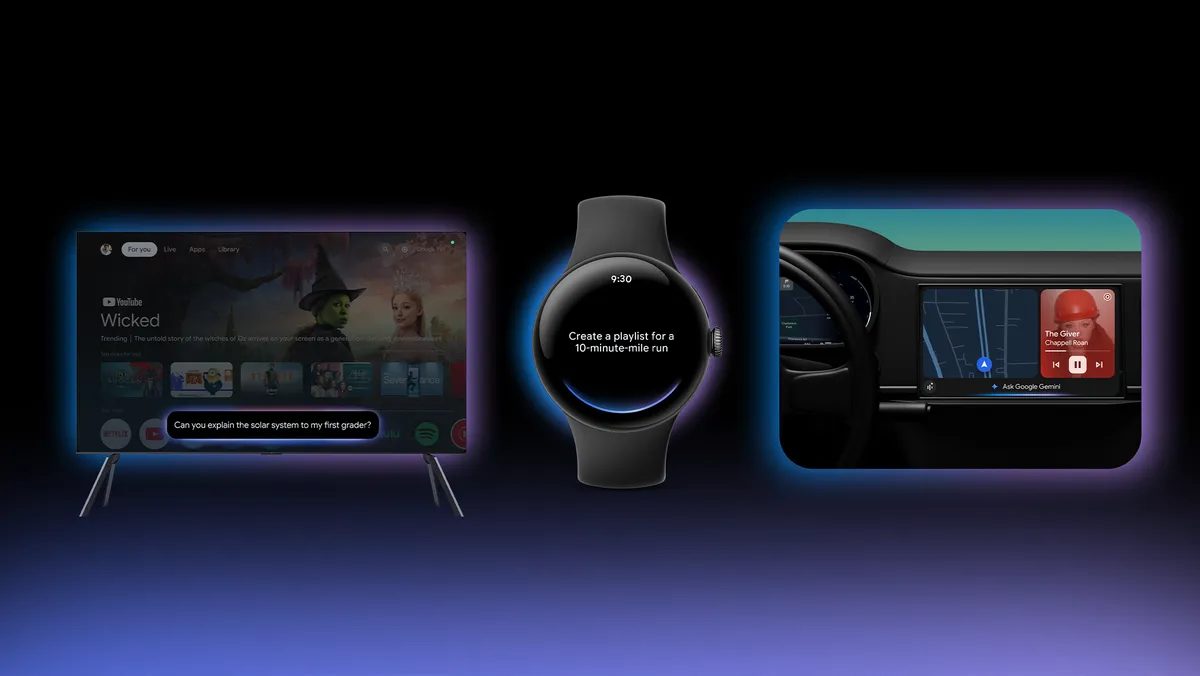
Source: Google
Gemini is also set to come to smartwatches with Wear OS 6. Google is also planning to make the AI available in vehicles with Android Auto and on televisions with Android TV over the course of the year. Gemini will also be available in the VR software Android XR - for which Samsung will probably supply the first goggles.
Scam recognition, UWB and more than just finding objects
With Android 16, Google wants to further improve its automatic detection of fraudulent scam calls and messages. It is still unclear to what extent the function will leave Pixel devices and what the availability in different languages will look like.
Google is renaming its «Find my Device» network. It will become the Find Hub. Although there will soon also be cases with integrated tags, the Find Hub will no longer just be about finding lost items. Instead, Google also wants to make it possible to see where friends or Family members are - with the appropriate authorisation. For example, you should be able to see that someone has arrived home safely.
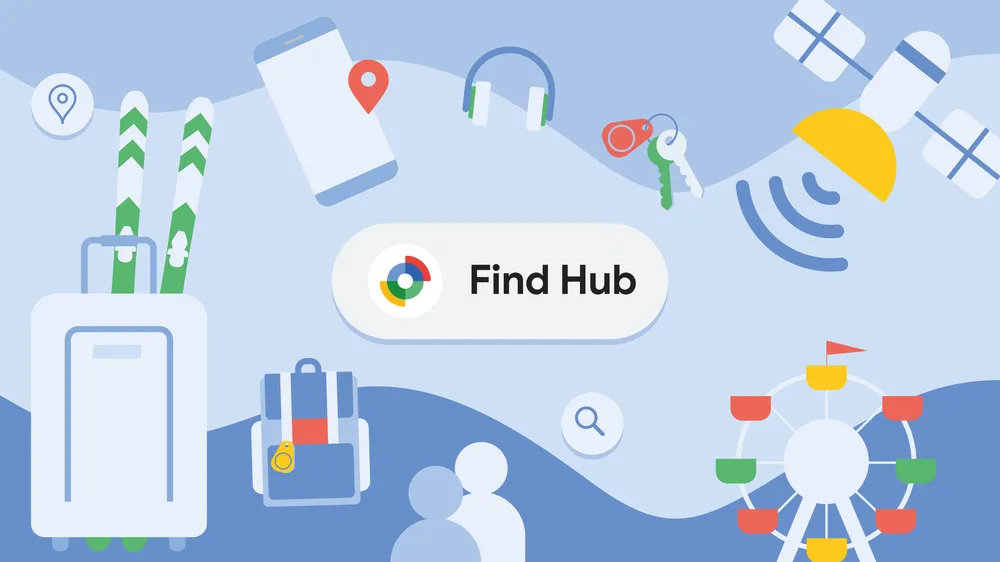
Source: Google
In this context, there is another announcement: UWB support is coming with the Find Hub. With ultra-wideband technology, you can find tags on site in a more targeted way than before.
As a primary school pupil, I used to sit in a friend's living room with many of my classmates to play the Super NES. Now I get my hands on the latest technology and test it for you. In recent years at Curved, Computer Bild and Netzwelt, now at Digitec and Galaxus.
From the latest iPhone to the return of 80s fashion. The editorial team will help you make sense of it all.
Show all